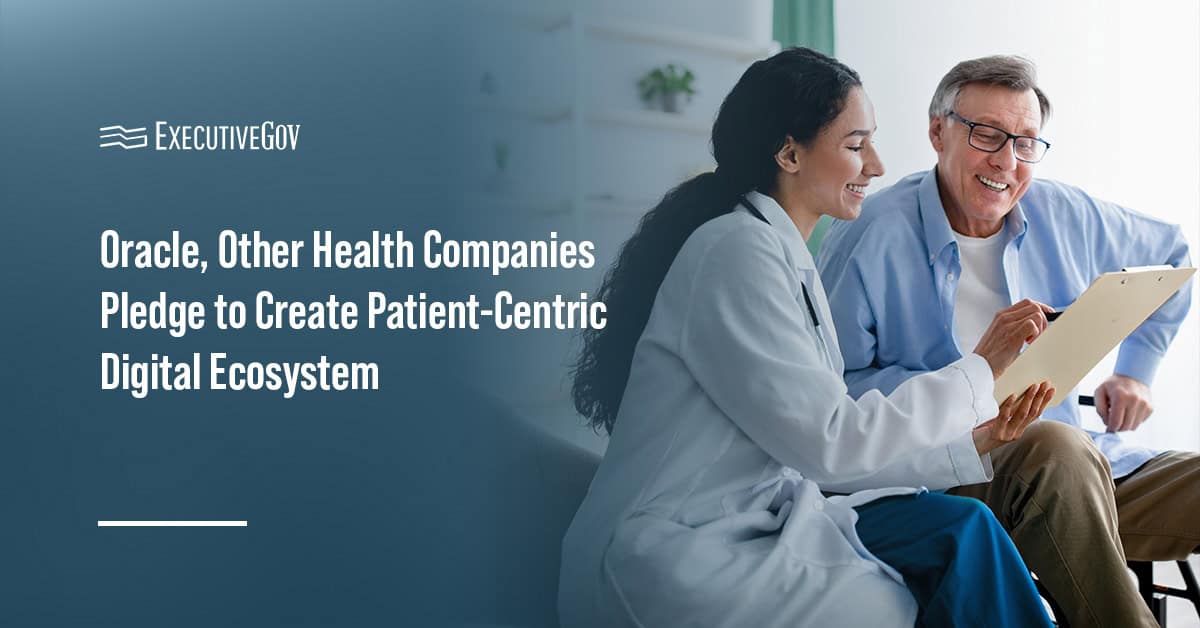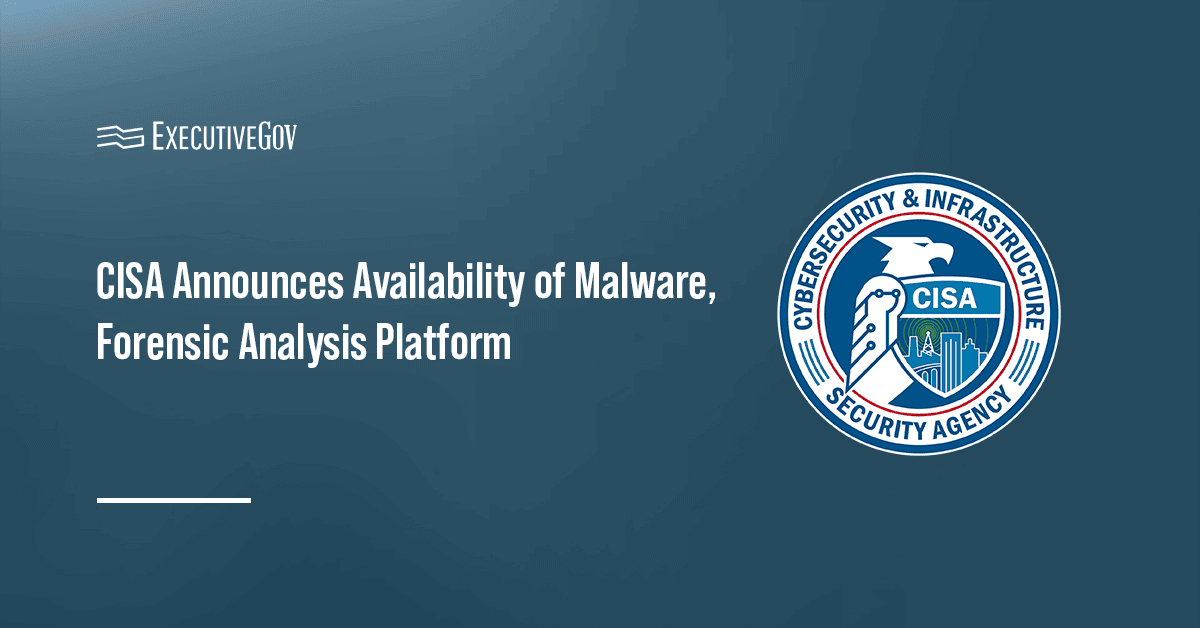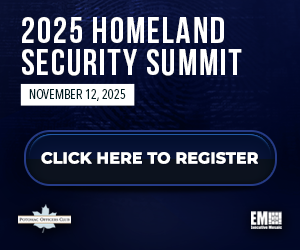The Senate Appropriations Committee on Thursday voted 26-3 to pass a bill that would appropriate $851.9 billion in discretionary defense funding for fiscal year 2026.
Table of Contents
Weapons Systems Procurement
The committee said Thursday the proposed FY 2026 Defense Appropriations Act would allocate $171.3 billion for weapon systems procurement and $140.5 billion for platform research, development and testing.
The measure includes a $280 million increase in funding for F-135 spare engines and an additional $500 million for F-35 sustainment spare parts; an additional $216 million for drone and counter-drone tech capabilities; $4.6 billion more for air and missile defense efforts; and a funding increase of $5.2 billion to purchase additional munitions across the services.

Attend POC’s 2025 Navy Summit on Aug. 26, and hear experts discuss the service branch’s spending priorities, latest tech advancements and more. Reserve your spot now!
Navy Procurement, R&D Funding
The bill would provide $70.8 billion for the U.S. Navy’s procurement efforts and $27.4 billion for the service’s R&D initiatives.
The proposed legislation would provide a total of $29.3 billion in funding for shipbuilding efforts. The Columbia-class submarine program would receive an additional $1.3 billion, and the Virginia-class submarine program would receive $1.9 billion.
The Senate panel also approved a $1.4 billion budget increase for the Navy’s sixth-generation strike fighter program and an additional $100 million to advance the development of a hypersonic air-to-surface missile, called Multi-Mission Affordable Capacity Effector, for the service’s fixed-wing aircraft.
Space Force Procurement
U.S. Space Force would get $3.6 billion in procurement funding and another $15.1 billion for R&D initiatives.
The measure would provide $500 million in additional funding for the continued development of the Space Development Agency’s Tranche 3 Transport Layer and allocate $256 million more for classified space control initiatives.
Under the bill, efforts to transition the commercial procurement of tactical ISR to the Space Force would secure a $50 million funding increase.














